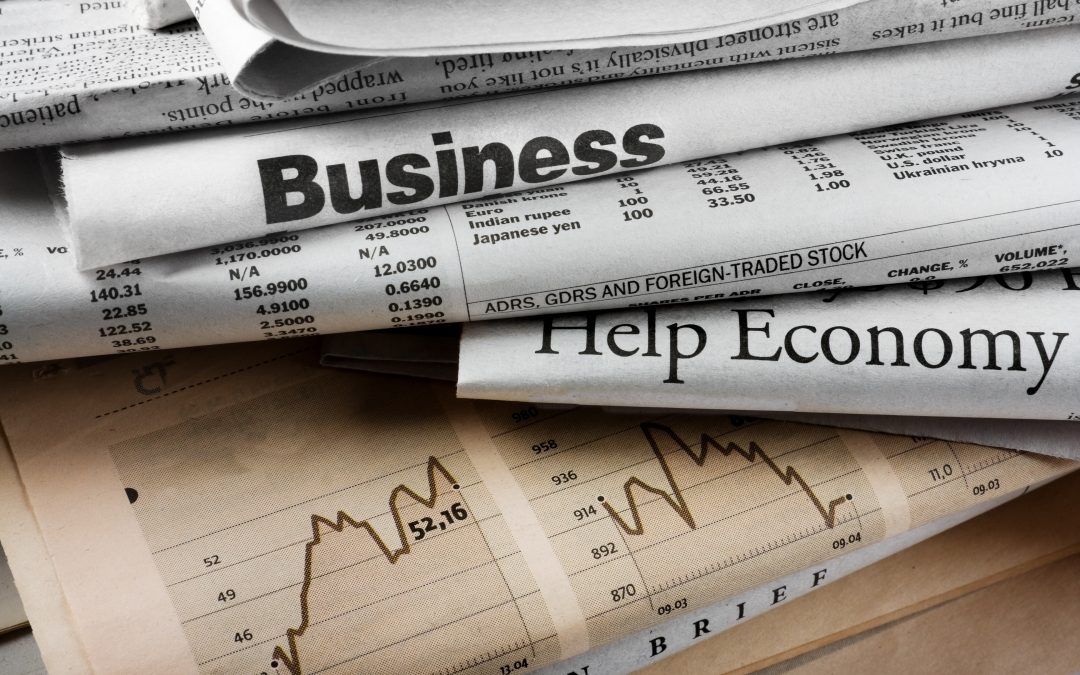Global economic growth is accelerating in the United States (US), Europe and much of Asia notwithstanding flare ups of the latest and most infectious Delta variant of Covid-19. In the US additional fiscal stimulus is in the pipeline with a deal between President Biden and legislators for $US579 billion of infrastructure spending. Also, while the near-term US inflation spike is higher than expected the US Federal Reserve tweaked interest guidance only modestly to two rate hikes in 2013. In Australia, economic readings were strong in June although periodic state lockdowns to eliminate rather than contain Covid-19 outbreaks may limit otherwise strong growth prospects.
US economic statistics released in June showed strong growth but also signs of higher inflation. On the growth front, the final reading of Q1 real GDP showed 6.4% annualised growth primed by consumption spending at 11.4% annualised growth. Leading indicators point to Q2 GDP growth accelerating above 10%. Indicators of manufacturing activity are very robust with the May ISM manufacturing index at 61.2 and indications in sub-groups of increasing supply chain bottlenecks placing upward pressure on prices.
US producer price inflation accelerated to 6.6% in May while the CPI rose 5.0% y-o-y. The Fed still views the lift in inflation as temporary although at its June policy meeting brought forward to 2013 the beginning of the next rate hiking cycle with forecasts of two 25 basis point (bps) Funds rate increases. With so many factors working to lift US aggregate demand placing more pressure on supply the risk is more upside inflation surprises. While US bond market reaction to higher inflation has been modest so far, more pronounced bond market sell offs may occur over the next few months, especially if the Fed is caught chasing rising inflation with its interest rate guidance.
The problem of supply chain inflation pressure is evident in China where producer prices accelerated from 6.8% y-o-y in April to 9.0% in May. China is a major supplier of manufactured goods to the world and its recent policy of allowing some appreciation of the yuan exchange rate is reinforcing the inflationary impact of its rising factory gate prices worldwide. On the growth front, China’s world-leading 18.3% y-o-y GDP growth rate will moderate in Q2. In May all of the key growth indicators except imports moderated from April. Exports rose 27.9% y-o-y from 32.3% in April while imports rose 51.1% y-o-y from 43.1% y-o-y. The three key domestic indicators, fixed asset investment spending, industrial production and retail sales rose in May respectively 15.4% y-o-y, 8.8%, and 13.6% all slower-paced than in April but still strong enough to generate around 10% y-o-y GDP growth in Q2 when the data is released in mid-July.
In Europe, greater freedom to spend and travel in the northern summer after the lengthy period of Covid-19 restrictions is allowing a strong bounce out of recession. Leading indicators of manufacturing and services activity are pointing to strong expansion. The manufacturing sector purchasing managers index (PMI) registered 63.1 in both May and June while the services sector PMI rose to 58.0 from 55.2. The highly infectious delta variation of Covid-19 is spreading in Europe but because of a comparatively high vaccination rate is not threatening to overwhelm health services allowing governments to pursue policies of containment rather than elimination and avoiding the strict lockdowns that elimination entails. Europe like the rest of the world in recovery is suffering supply chain problems and rising producer prices. Producer prices rose 7.6% y-o-y in April and the May reading due later this week may see a lift to 9.5%.
In Australia, the Q1 GDP report released early in June due showed that the economy had recovered above its level just before the Covid-19 recession. GDP rose 1.8% q-o-q lifting annual GDP growth to 1.1% y-o-y from –1.0% in Q4 2020. In Q1, growth expanded on all fronts with consumption spending up 0.7% q-o-q, capital expenditure up 4.7% q-o-q. Notwithstanding setbacks from occasional state Covid-19 lockdowns in Q2, GDP growth is shaping up strongly again and should see annual GDP growth accelerate above 9% y-o-y when the data are released in early September.
A key marker of the strength of Australia’s economic recovery is the strength of the labour market. The May labour force report showed a much bigger than expected lift in employment, +115,200 combined with a lower-than-expected unemployment rate, 5.1% down from 5.5% in April. The unemployment rate is lower than where it stood before the start of the pandemic. The pace of improvement in the labour market may be dented briefly in the June and July readings affected by the spate of state Covid-19 lockdowns but should recover beyond given the supports for Australian aggregate demand.
Two key supports for aggregate demand are the continuing strength of housing activity and the revival of business investment spending after a protracted period of under-investment. Until the latest Covid-19 scare, job vacancies were rising fast pointing to the potential for more employment gains as well.
At some point rapid growth will spill over to sustained inflation. The RBA expects annual inflation to spike above 3% y-o-y in Q2 before subsiding below 2% later in 2021 and then rising slowly through 2022 and 2023. Slow annual wage growth will prevent a sustained lift in inflation according to the RBA. While slow wage growth (still only 1.5% y-o-y in Q1) may continue through the remainder of 2021 the pace of economic growth leading to more labour shortages in more sectors of the economy may generate higher wage growth in 2022 earlier than the RBA is forecasting. We do not expect a quick change in the RBA’s views about wages, inflation, and interest rates, but we do expect rapid growth to force a change in 2022. We see the RBA abandoning the 2024 timeline for a rate hike in the first half of 2022 and delivering a first hike late 2022 or early 2023.

